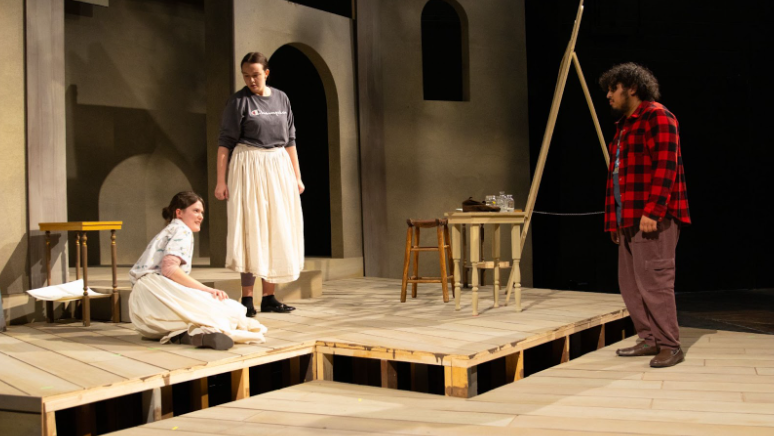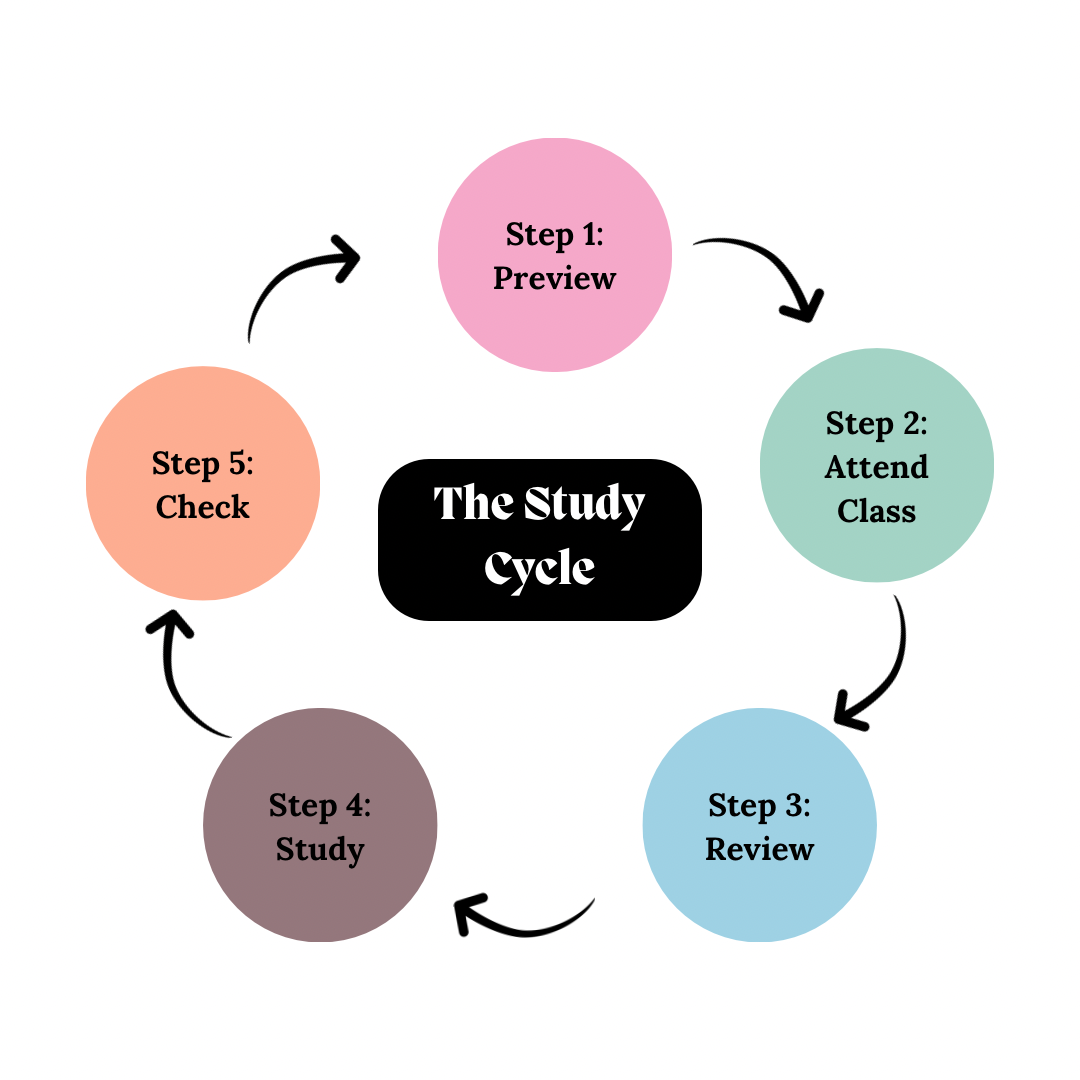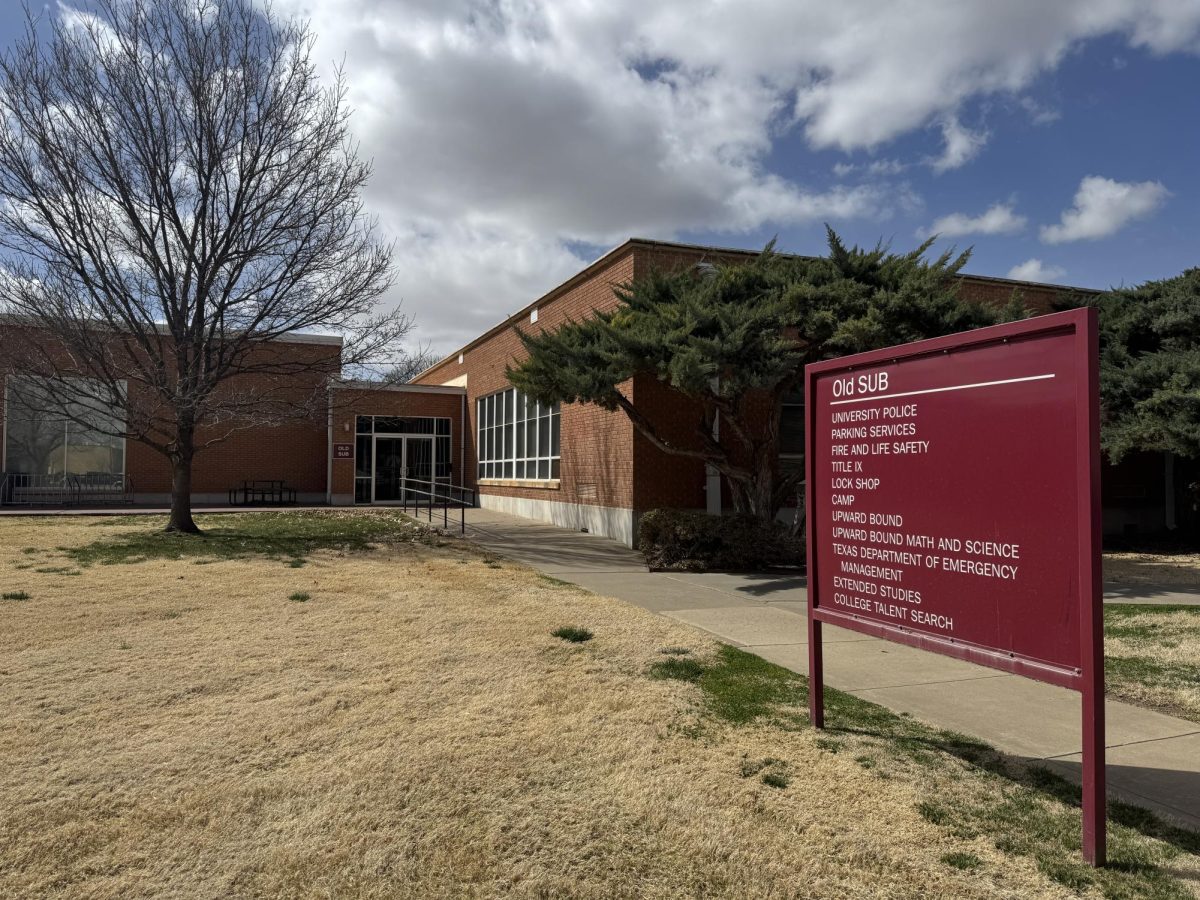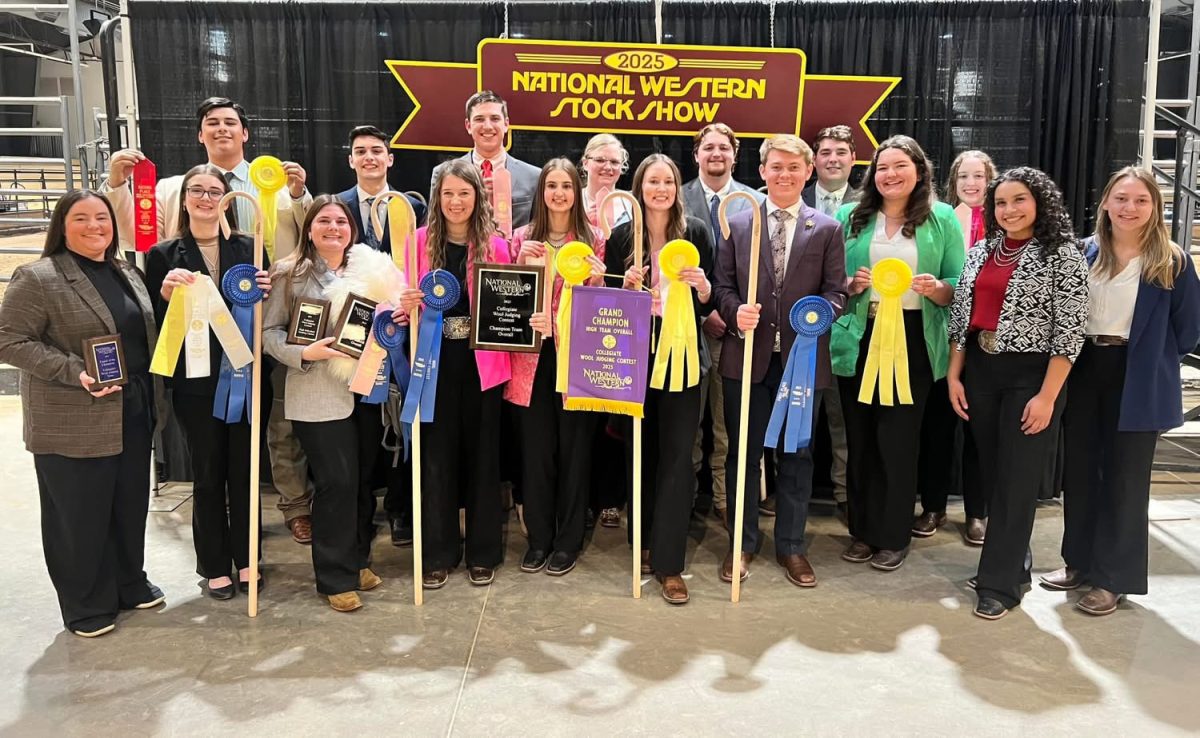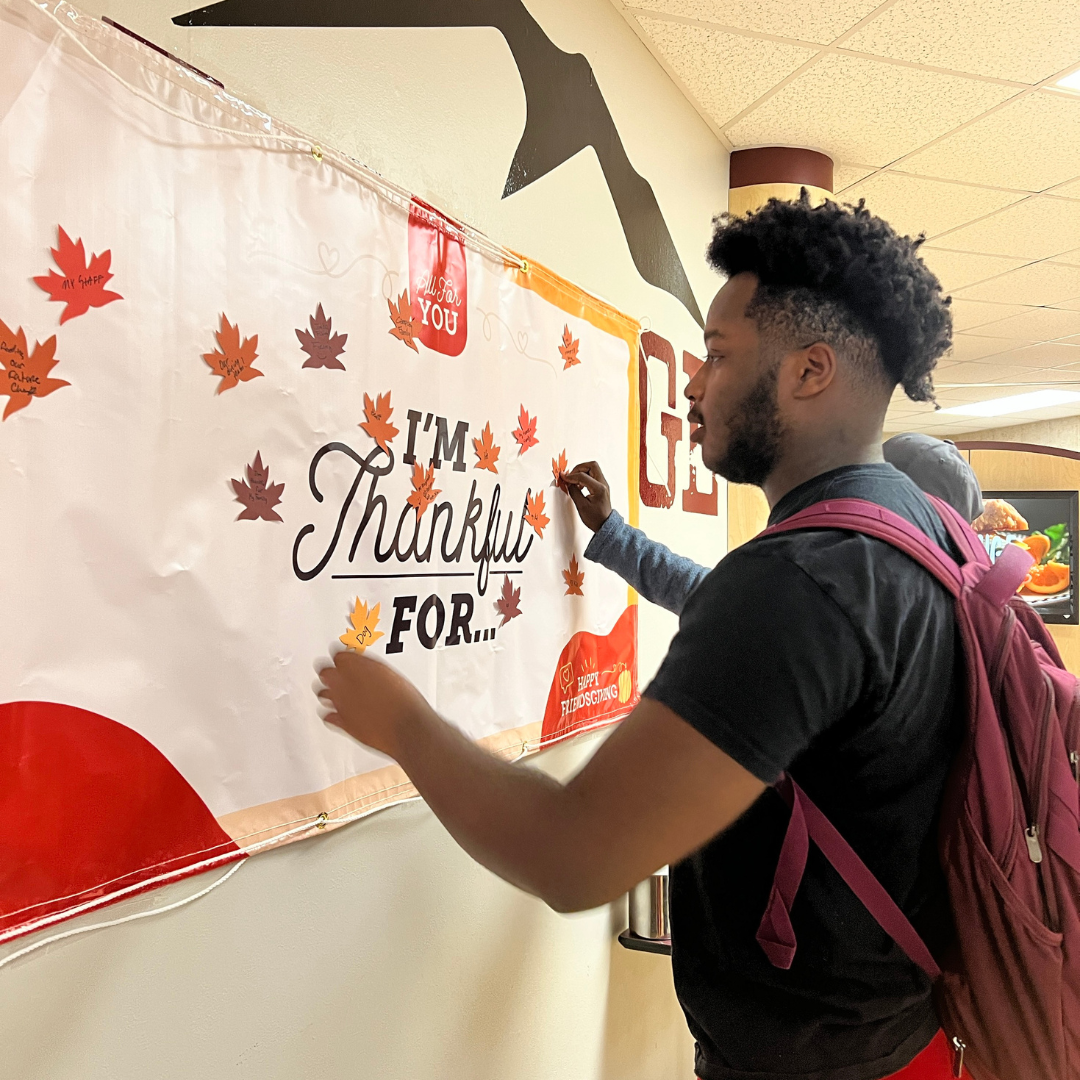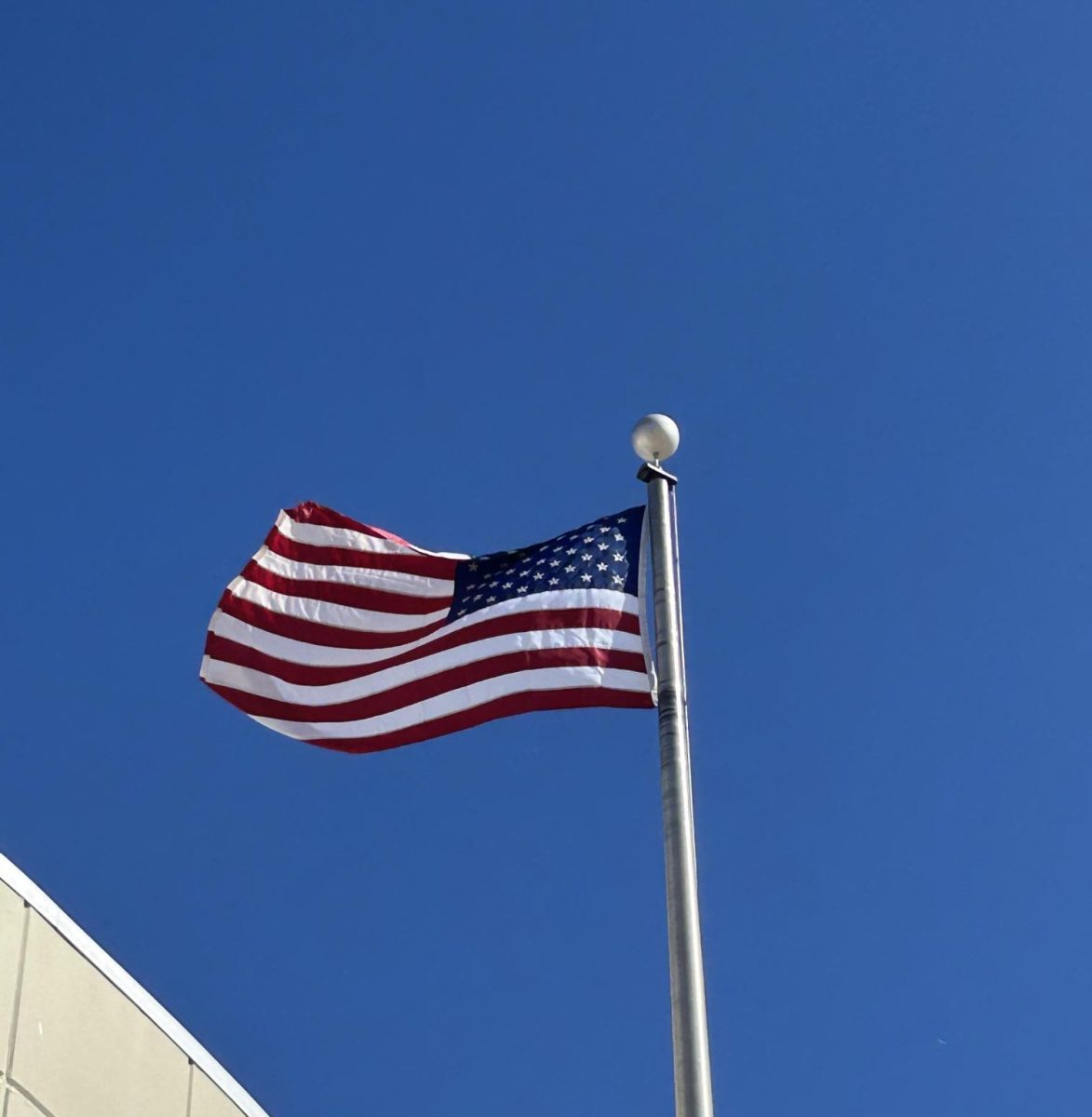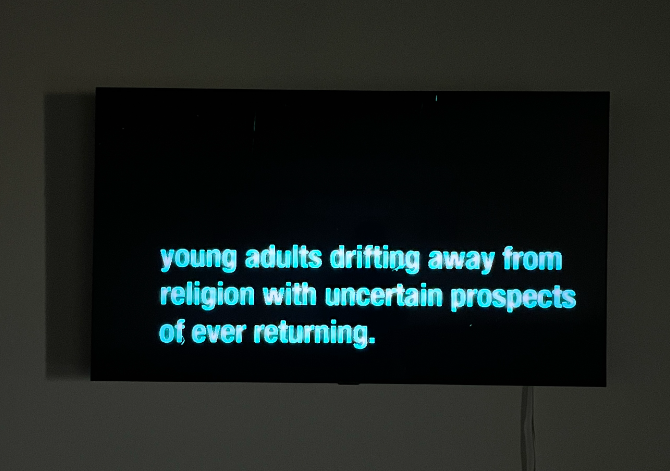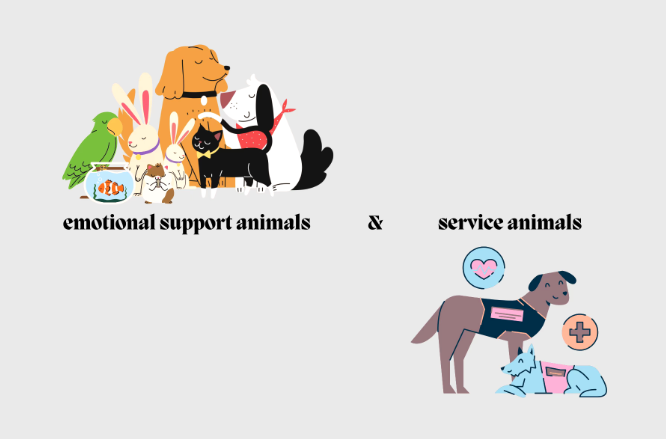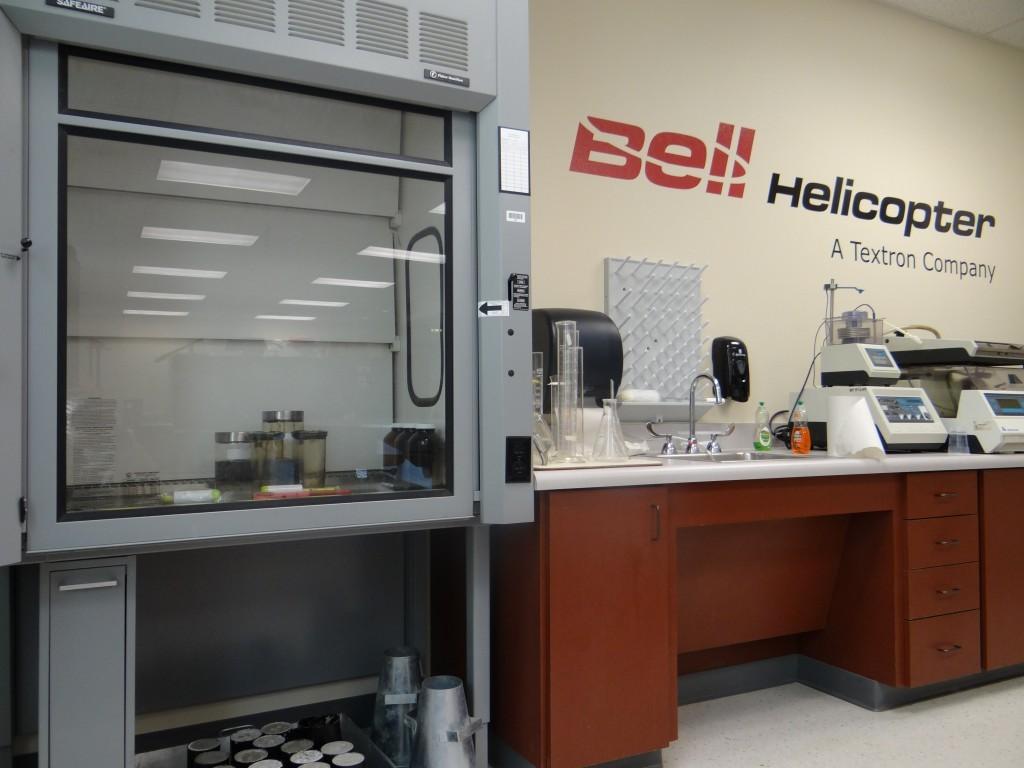
Emily Hunt, Director and Associate Professor of Mechanical Engineering, is the first of West Texas A&M University faculty member to have research accepted for commercialization. WT, the Texas A&M University System and Dr. Hunt signed a patent, giving permission for Aggie Venture Partners to license this invention for commercialization on Jan. 27.
Angela Spaulding, Vice President for Research and Compliance said Aggie Venture Partners selected to pursue the Antimicrobial Nano Alloy (ANA) license because it could be commercialized across a wide-ranging variety of industries and result in a greater return on investment.
Hunt describes Antimicrobial Nano Alloy as a mixture of nano-scale materials that act as a structural coating that prevents bacteria from reproducing. It can be applied on many different kinds of surfaces such as metal, plastic or ceramic. It kills bacteria using nanoparticles of silver.
“I have been working for several years using combustion synthesis to make new materials,” Hunt said. “I wanted to be able to use my engineering research to help people. Nanosilver has been used forever to fight bacteria even when we didn’t know that is what we were using. So, I developed a material that is both structural and antibacterial.”
Hunt composed the initial proof of theoretical experiments to insure that the nanoparticles of silver were safe enough to use in application. Then Hunt recruited senior Mechanical Engineering majors, Trent Kelly and Benton Allen to construct antibacterial paint as well as investigate how to coat sand particles with ANA for use in clean water systems worldwide.
“I didn’t know much about this research until Dr. Hunt invited me to join her about a year and a half ago,” Kelly said. “There was quite a bit of literature that we read up on, but I was completely bought in because it wasn’t just academic research but practical research.”
Allen said he and Kelly had the freedom to develop their own experiments with ANA’s. They spent hours at a time in the Energetic Materials Laboratory using combustion synthesis, to create different versions of the alloy. Carolyn Bouma, Associate Professor of Biology then validated Kelly and Allen’s work to prove that their ANA samples were effectively antibacterial.
“[Kelly and Allen] are absolutely amazing,” Hunt said.” “They were the best choice for this project because they having a unique mixture of creativity, hard work, and compassion that they incorporate with technical problem solving. These guys will find a way for our technology to reach people, to help people.”
With the commercialization of the ANA, Hunt hopes to fund the lab and employ more undergrad researchers to continue to do more projects. Hunt even mentioned antibacterial clothing for the medical and food industries.
“It has been extremely rewarding working with Dr. Hunt,” Kelly said. “She is not only smart and creative, but is also dedicated to helping us as students develop a mindset of thinking outside the box. She helps us students create new technologies that can make a difference.”



